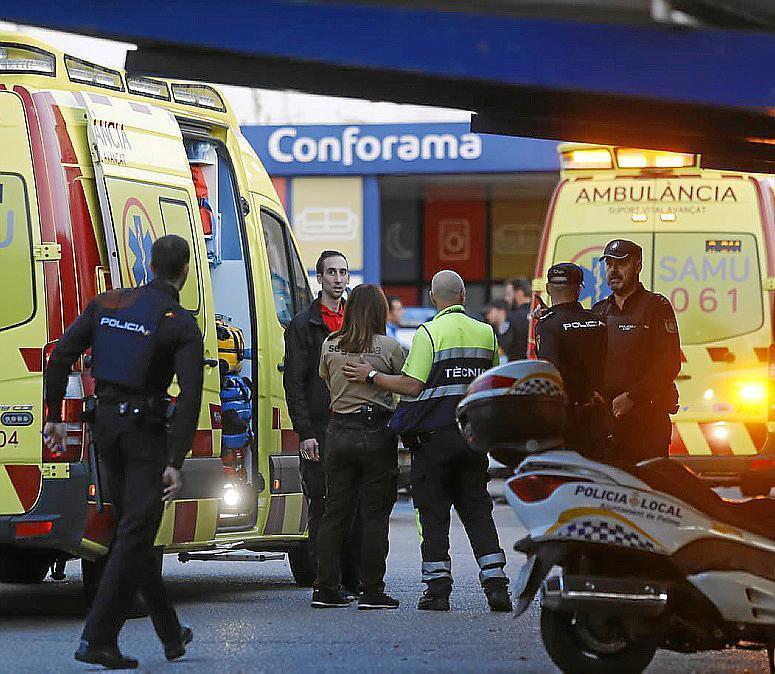In 2003, the murder of women in Spain started to be recorded separately. In April last year, the one thousandth woman was murdered, and over the period from 2003 the Balearics was the region with the most murders, relative to population, in the country.
The General Council of the Judiciary's observatory for gender-based violence indicates that the rate of femicide in the Balearics has been 4.9, while the national average has been 3.1. A total of 36 women in the Balearics were among the 1,000 figure and were victims of partners or former partners. In 2016, there were six murders in the Balearics, which was statistically one of the highest annual rates recorded by the General Council. 2016 was in fact something of an exception in that since 2011 there has been a nationwide decrease in the number of murders.
The study by the observatory also shows that the Balearics was one of three regions where the fewest numbers of victims had denounced the men who later murdered them. In 80% of cases, there was no prior report. Aragon and Asturias were the other two regions.
The president of the observatory, Ángeles Carmona, points to a risk factor related to children. Seventy-five per cent of the women who were murdered had children. It is suggested that this created an obstacle for women who might otherwise have reported violence towards them. There were 765 children for the 1,000 women; 499 of them were children of the murderer.
Three out of four murders occurred in the home, either a home that was common to a couple or where one or the other was living. Of days of the week, Sunday has been the worst for murders. The average age of murderers was 46.3, and two-thirds of them were Spanish.


1 comment
To be able to write a comment, you have to be registered and logged in
This is absolutely horrific. Why aren’t the politicians being forced to account for this??? In my personal experience, a lovely young woman, a neighbour, was burnt to death by her husband. She saved her children. She was a hero. How can this happen? These figures are horrific. We We are supposedly a civilised country. This must be a priority. No ifs no buts.